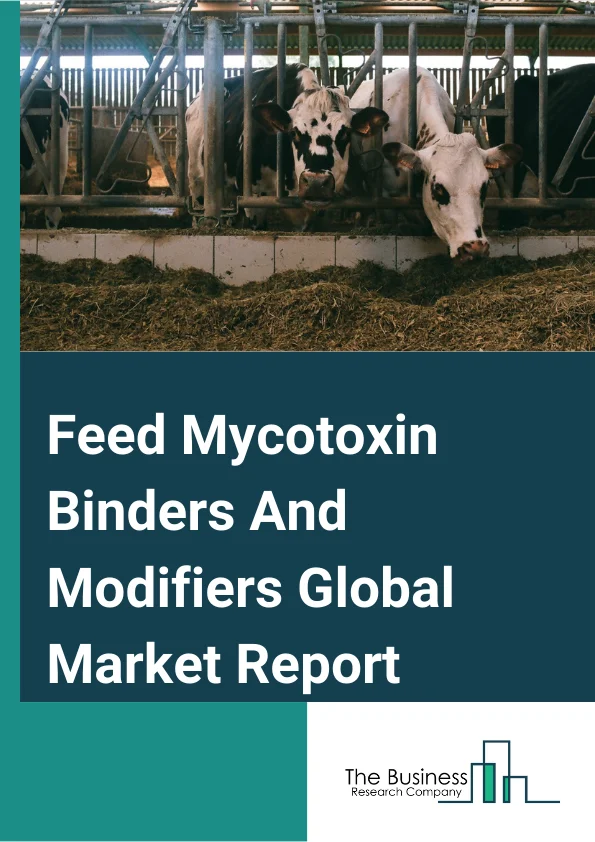Feed and Supply Cost Impacts on Horse Ownership
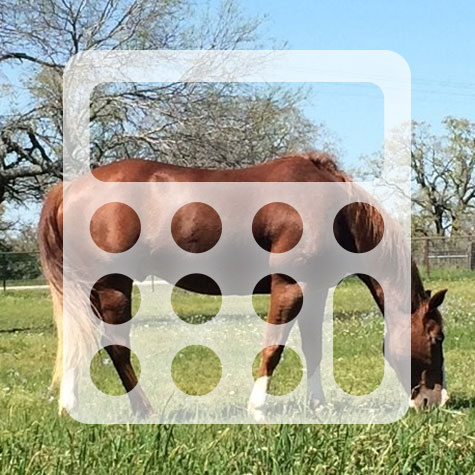
Owning a horse is a rewarding experience, but it comes with significant financial responsibilities. One of the most substantial ongoing expenses is the cost of feed and supplies. Understanding these costs and how they impact horse ownership is crucial for budgeting and ensuring the well-being of your horse.
Overview of Feed Costs
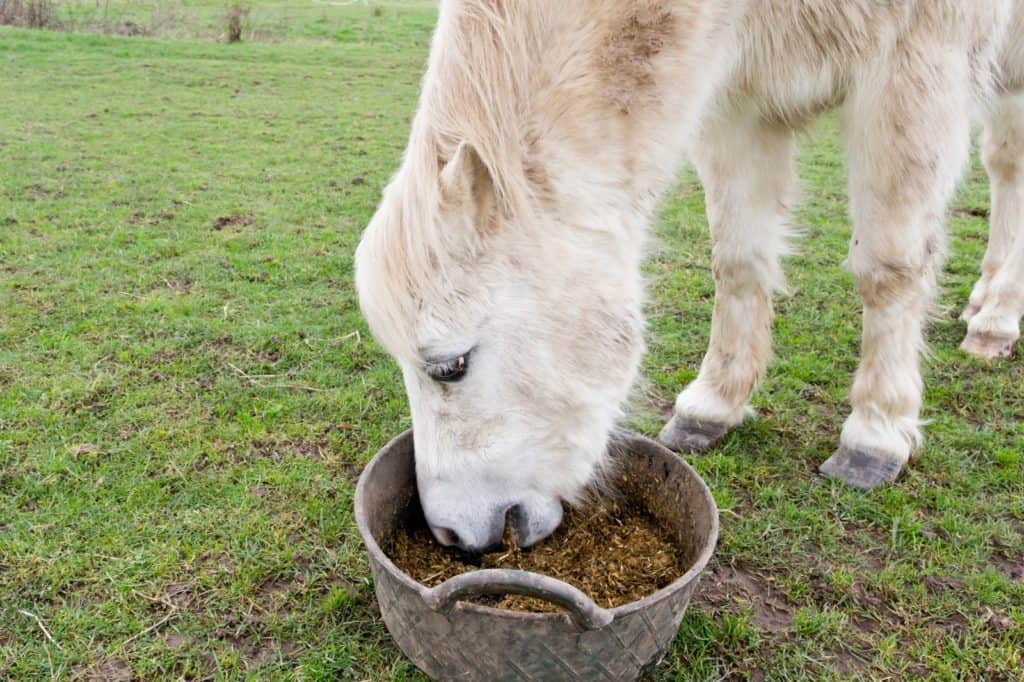
Feed is the primary nutritional source for horses and includes hay, grains, supplements, and pasture grazing. The cost of feed can vary widely depending on factors such as location, quality, and availability.
| Feed Type | Average Monthly Cost (USD) | Description |
|---|---|---|
| Hay | $150 – $300 | Primary roughage; essential for digestion. |
| Grains | $50 – $150 | Provides energy; includes oats, corn, barley. |
| Supplements | $20 – $100 | Vitamins, minerals, and special dietary needs. |
| Pasture Grazing | Variable | Cost depends on land ownership or leasing. |
Factors Influencing Feed Costs
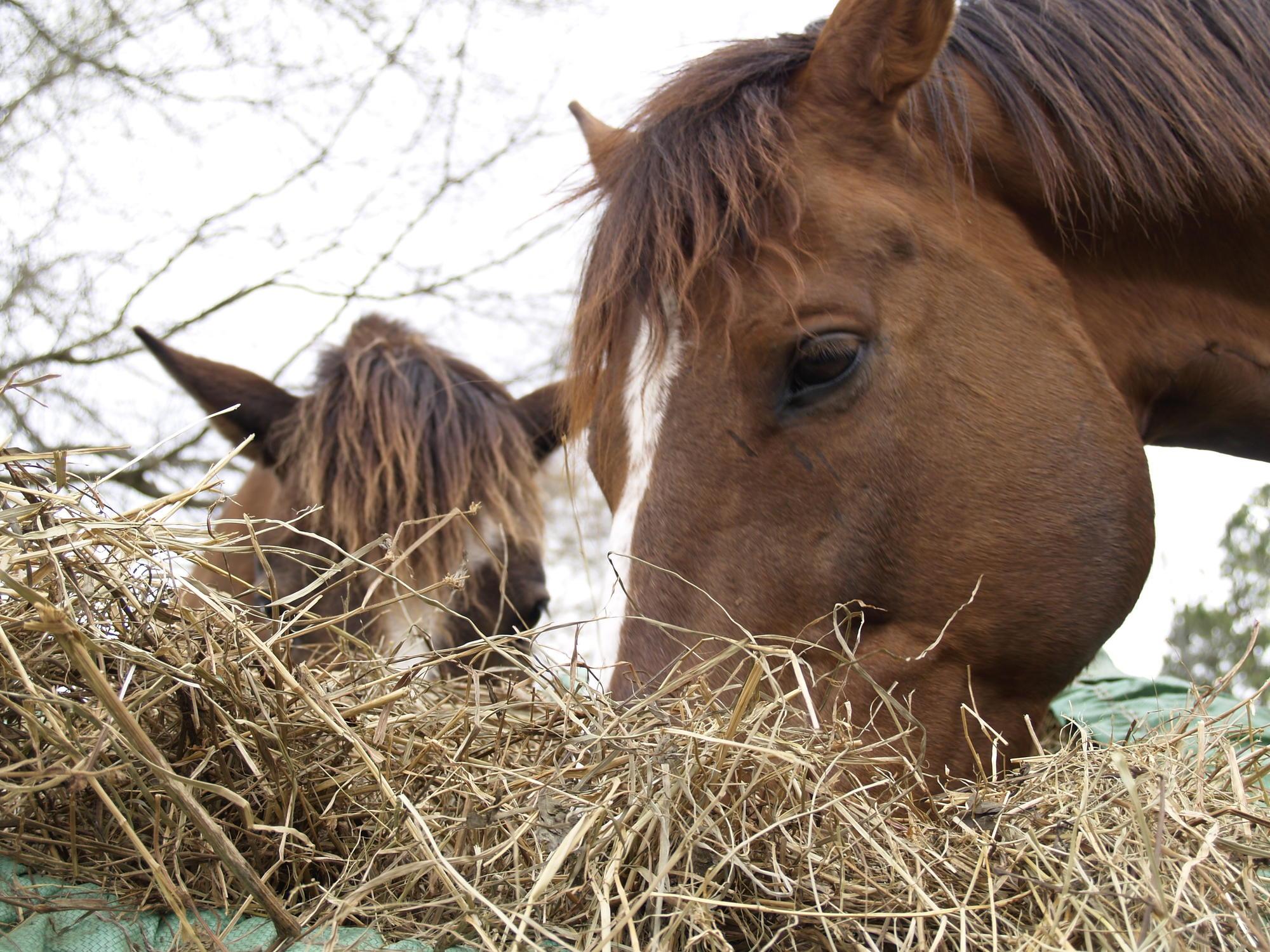
- Seasonal Variations: Prices often rise in winter when hay is scarce.
- Quality of Feed: Higher quality feed costs more but benefits horse health.
- Horse Size and Activity Level: Larger or more active horses require more feed.
Supply Costs
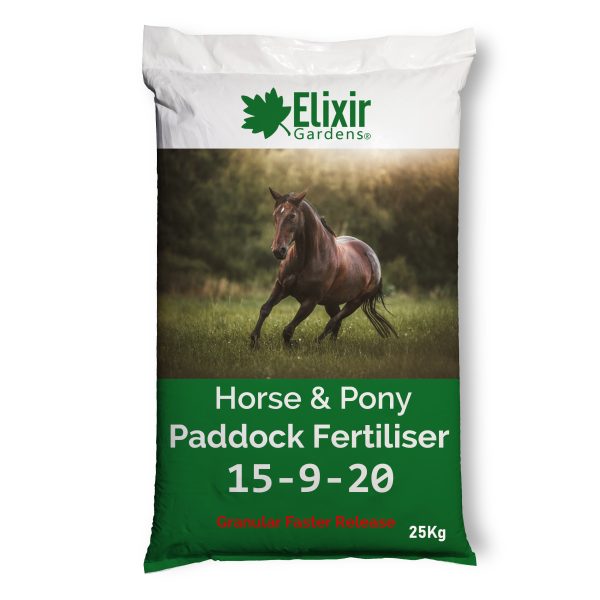
Beyond feed, horse owners must invest in various supplies to maintain their horse’s health and comfort.
Essential Supplies
- Bedding: Straw or shavings to provide a comfortable resting area.
- Tack and Equipment: Saddles, bridles, grooming tools, and blankets.
- Healthcare Supplies: First aid kits, fly sprays, and dewormers.
Estimated Monthly Supply Costs
| Supply Category | Average Monthly Cost (USD) | Notes |
|---|---|---|
| Bedding | $30 – $70 | Depends on stall size and bedding type. |
| Tack Maintenance | $20 – $50 | Includes cleaning and occasional repairs. |
| Healthcare Supplies | $15 – $40 | Preventative care items. |
Impact on Horse Ownership
The combined costs of feed and supplies can significantly affect the overall budget for horse ownership. Unexpected price increases or additional needs can strain finances.
Budgeting Tips
- Plan for Seasonal Changes: Stock up on hay before winter.
- Buy in Bulk: Purchasing feed and supplies in larger quantities can reduce costs.
- Regular Health Checks: Preventative care can reduce expensive treatments.
Frequently Asked Questions (FAQ)
Q1: How much does it cost to feed a horse monthly?
A1: On average, feed costs range from $220 to $550 per month, depending on the horse’s size, diet, and local prices.
Q2: Can I reduce feed costs by grazing alone?
A2: While pasture grazing can lower feed costs, it may not provide all necessary nutrients, especially in winter or poor pasture conditions.
Q3: What are the most essential supplies for horse care?
A3: Bedding, tack, grooming tools, and basic healthcare supplies are essential for daily care and comfort.
Q4: How can I manage unexpected increases in feed prices?
A4: Building a feed reserve, buying in bulk, and exploring alternative feed options can help manage costs.
Understanding the financial impact of feed and supply costs is vital for responsible horse ownership. Proper planning and informed purchasing decisions can help maintain your horse’s health while managing expenses effectively.
